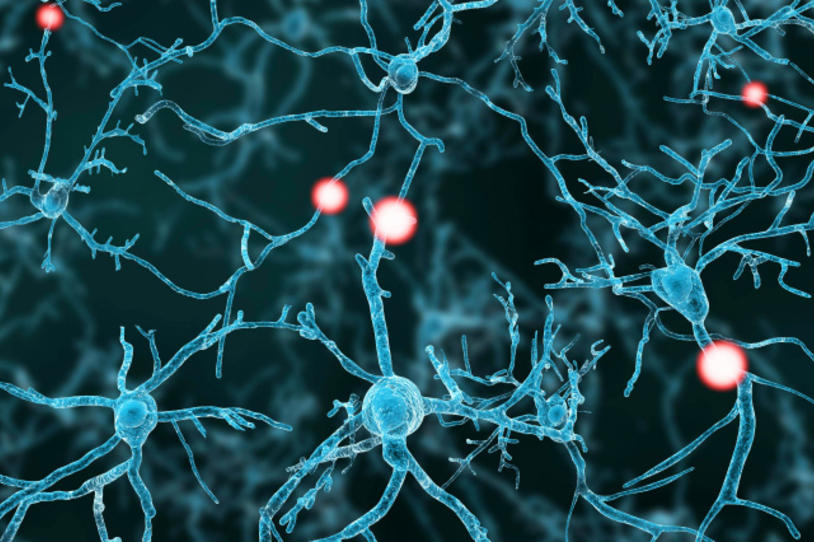
Dysfunction in the cell, which is the basic unit of who we are, can be responsible for a variety of conditions such as psoriasis, cancer, and even neurological disorders such as Parkinson’s disease (PD).
There are many processes critical to keeping a cell running smoothly, and to keeping our bodies healthy. For this reason, many researchers are at work to learn more about the proper role of a cell, and also, what goes wrong when a cell isn’t functioning properly. This kind of knowledge could have critical implications for developing novel drugs for diseases such as PD.
One such cellular process that has of late drawn much interest from the Parkinson’s research field is one called “cellular sorting and localization of proteins.” In basic terms, this refers to the mechanism by which molecules in our cells called proteins are transported to various places within, and outside, of the cell. When working properly, this process can be critical to the proper function of various systems within the body.
In this month’s issue of the journal Neuron, researchers at Columbia University have linked functional connections taking place in this process between three proteins implicated in PD; and all three seem to be acting in the same pathway in the brain. It’s possible that abnormal interaction between these proteins could lead to genetic changes that are found in people with Parkinson’s.
MJFF Senior Associate Director of Research Programs Sonal Das, PhD, explains:
“In a neuron, the sorting of proteins to their proper location is tantamount to the proper function of the cell. This study shows that the proteins LRRK2, Rab7L1 and VPS35 may actually work together in doing just this; mutations in genes encoding each of these proteins have been implicated in PD. So if we can learn more about what is happening during this process of cellular sorting, we may also learn more about what might be causing PD.”
While these cellular studies are promising, Das cautions, more studies need to be done to determine if these three proteins normally work together. Scientists also have more work to do to determine what role the genetic alterations that researchers have identified might play in PD.
But researchers are learning more and more about shared mechanisms at work in the cell, both in proper function, and during the course of disease. This past year, genes encoding proteins that may function in the mitochondria, or the parts of the cell that convert energy into usable forms, were also found to work together.
“Given the number of genes implicated in PD,” says Das, “it’s intriguing that the field is now identifying how these genes may work together. These genetic findings may ultimately yield clues into processes at work in the disease, and in turn, to potential Parkinson’s drug targets.”